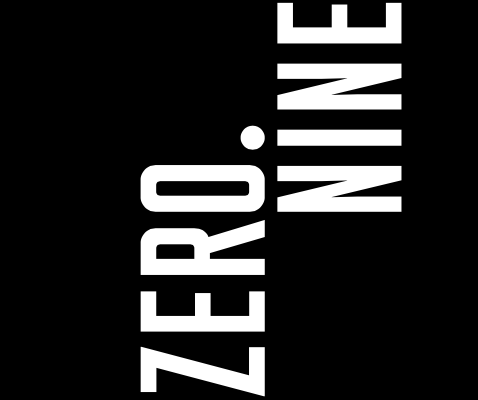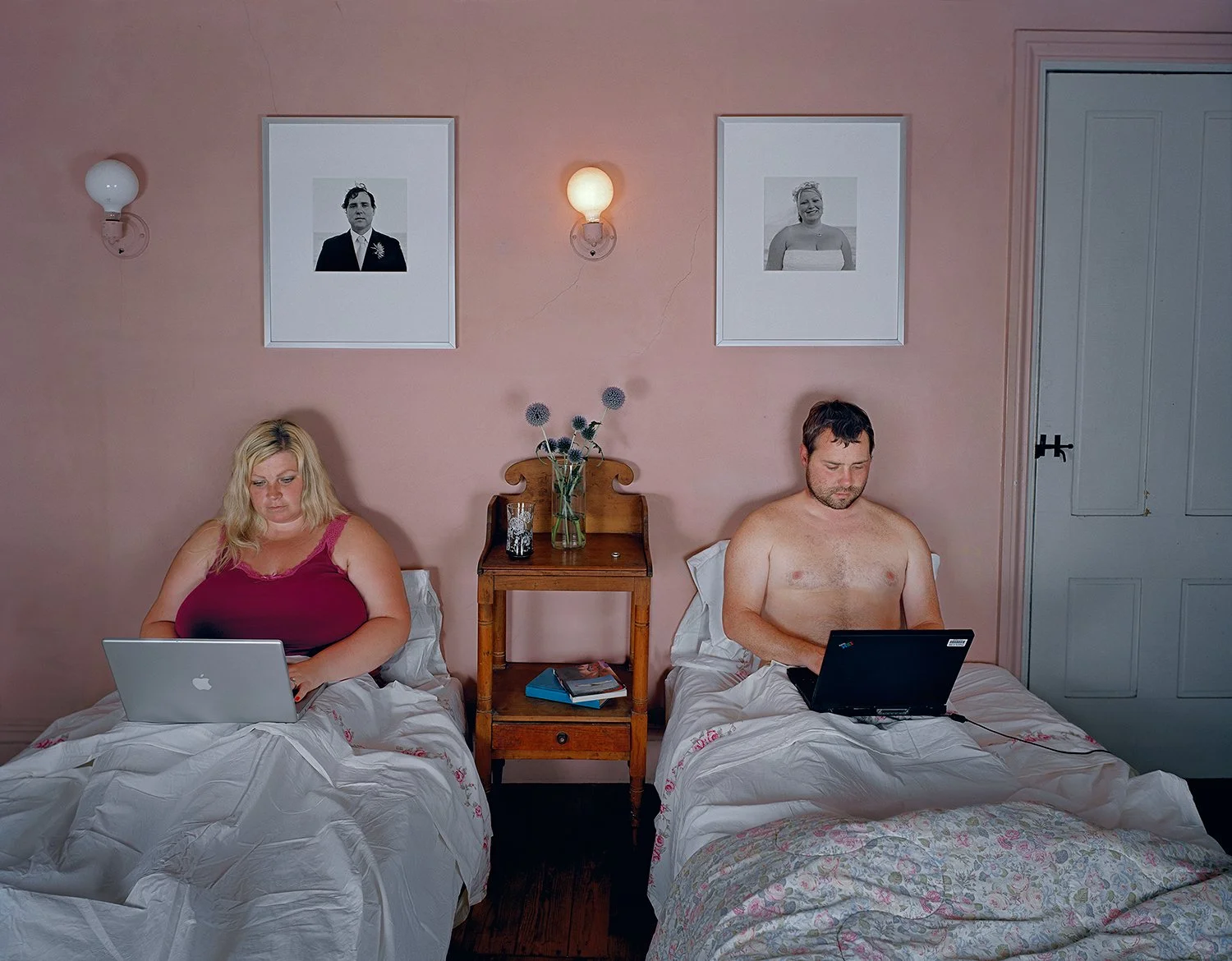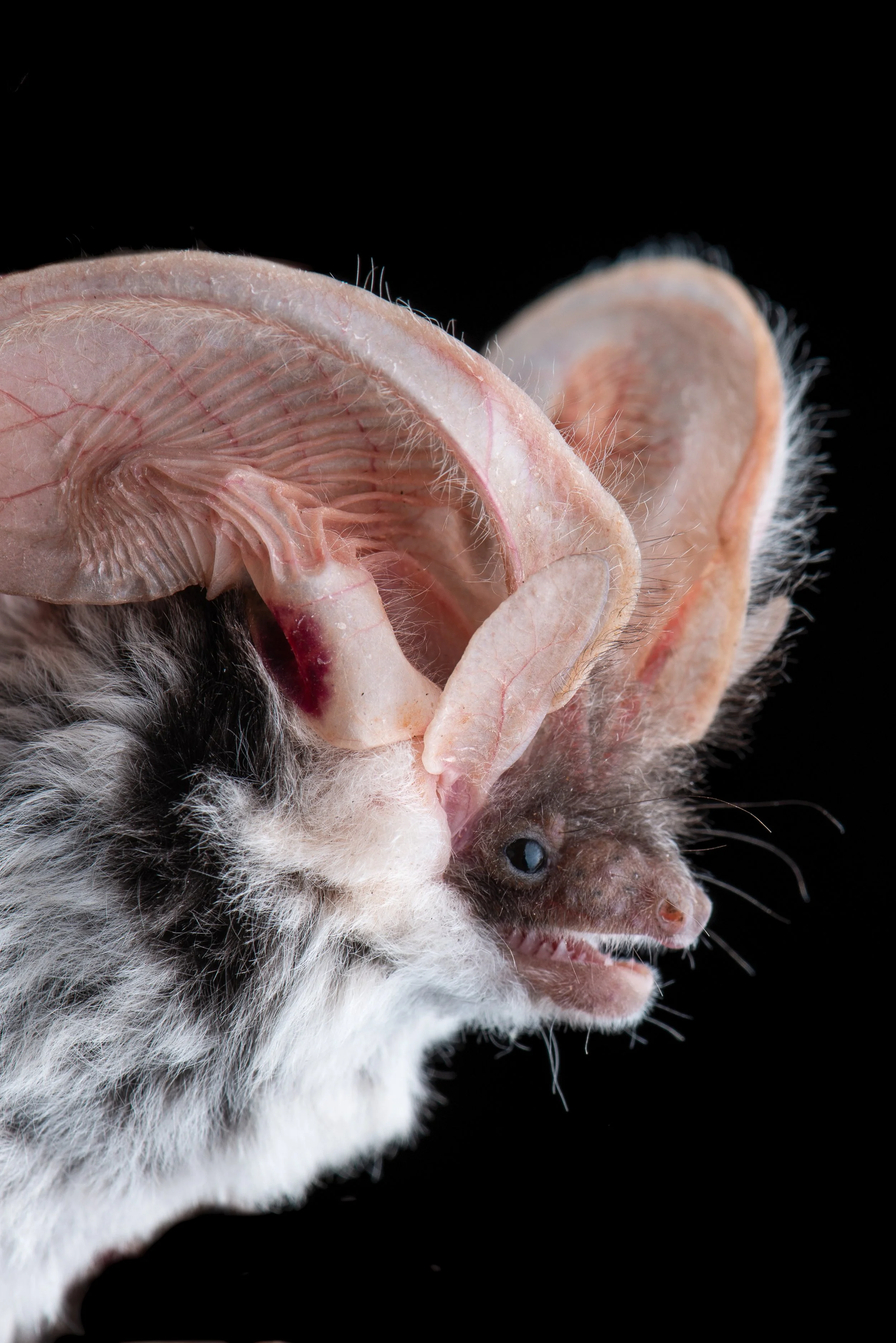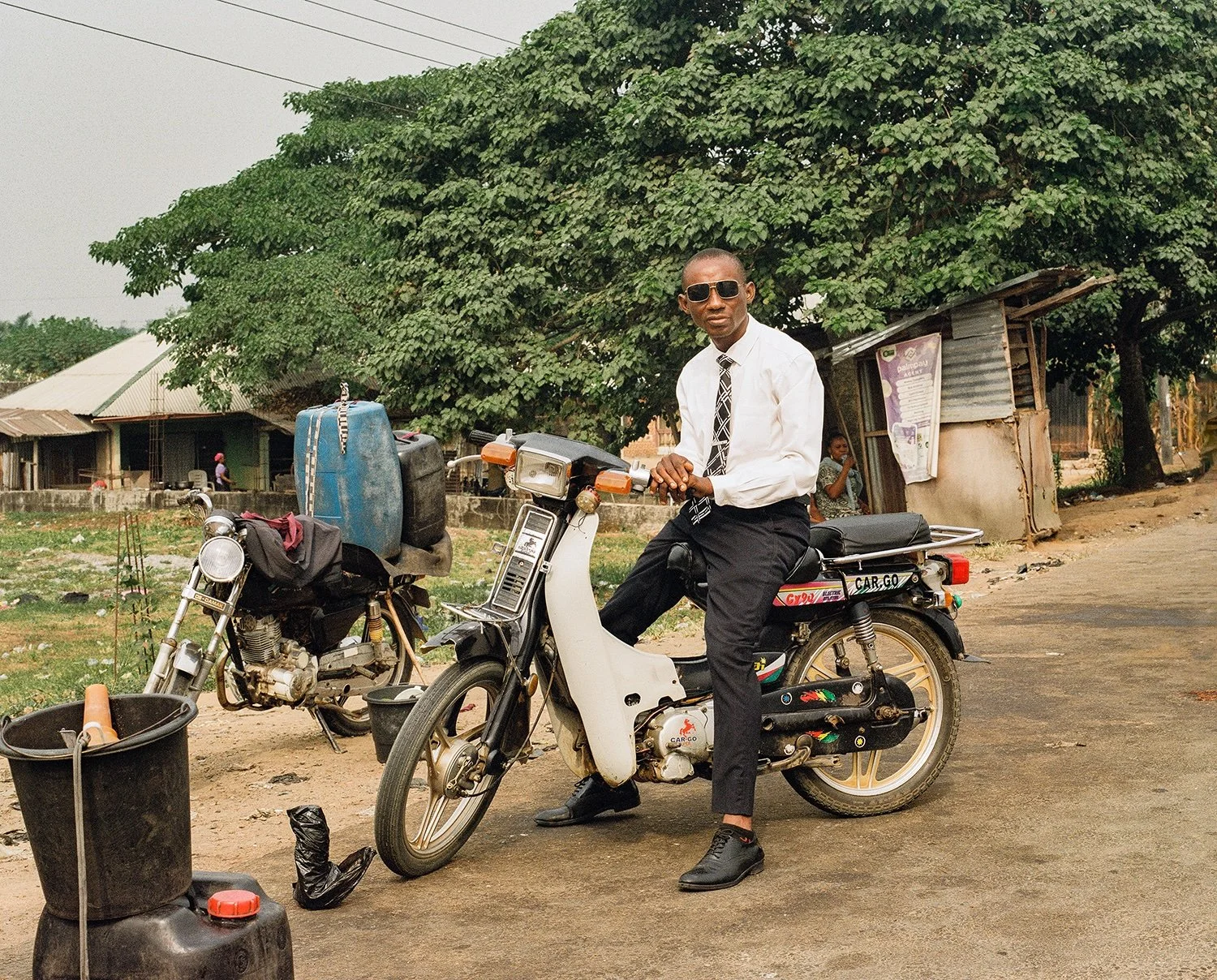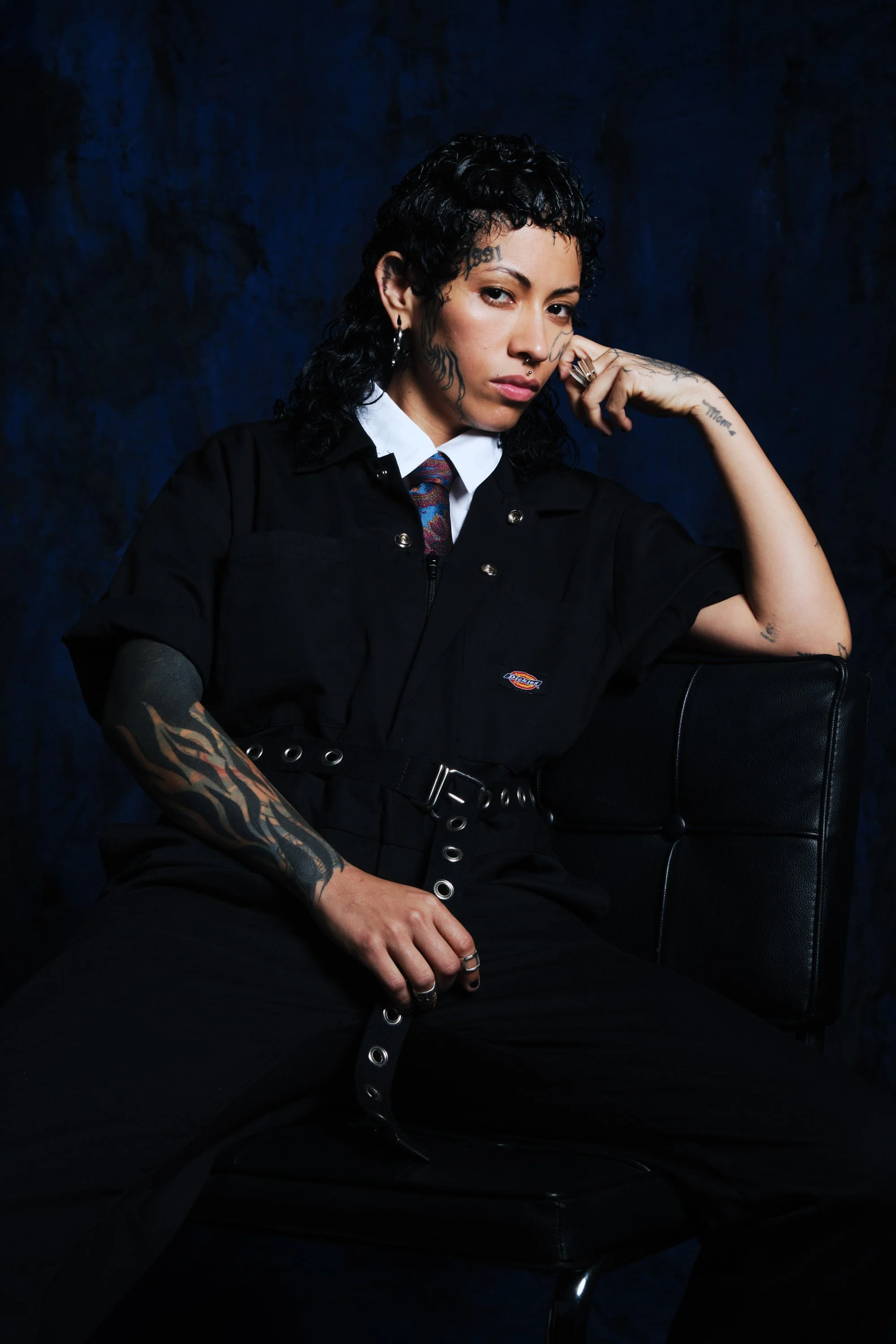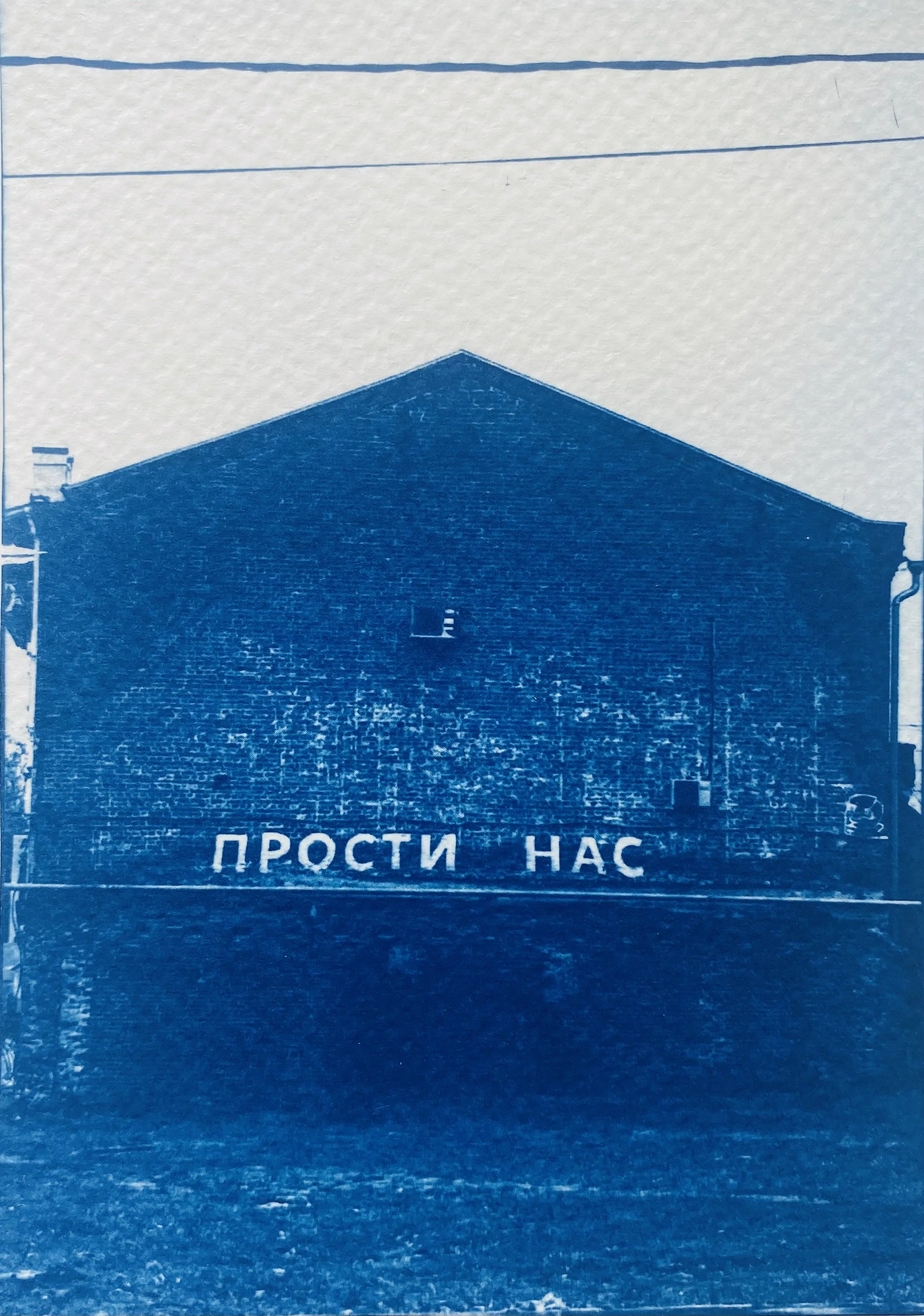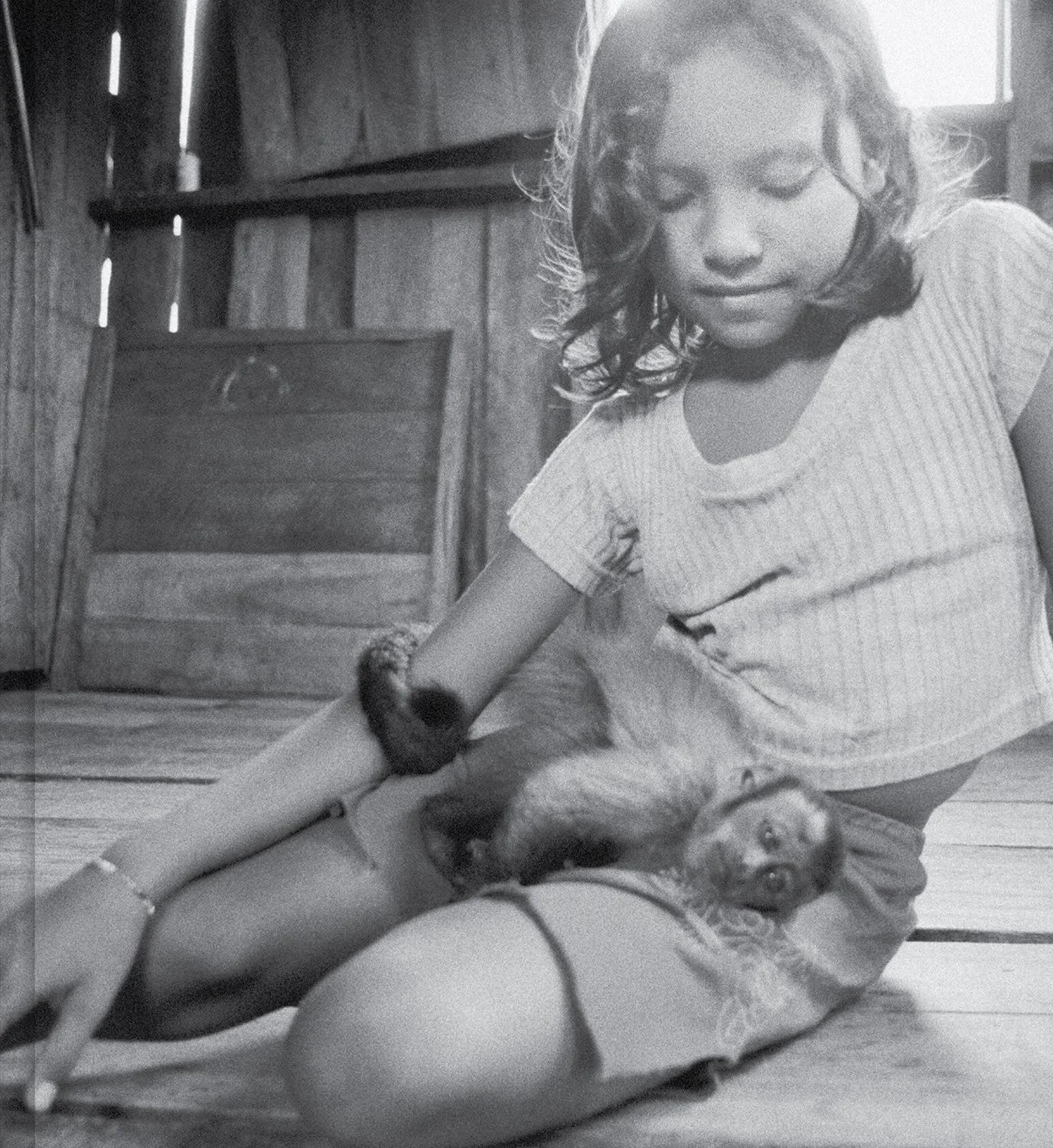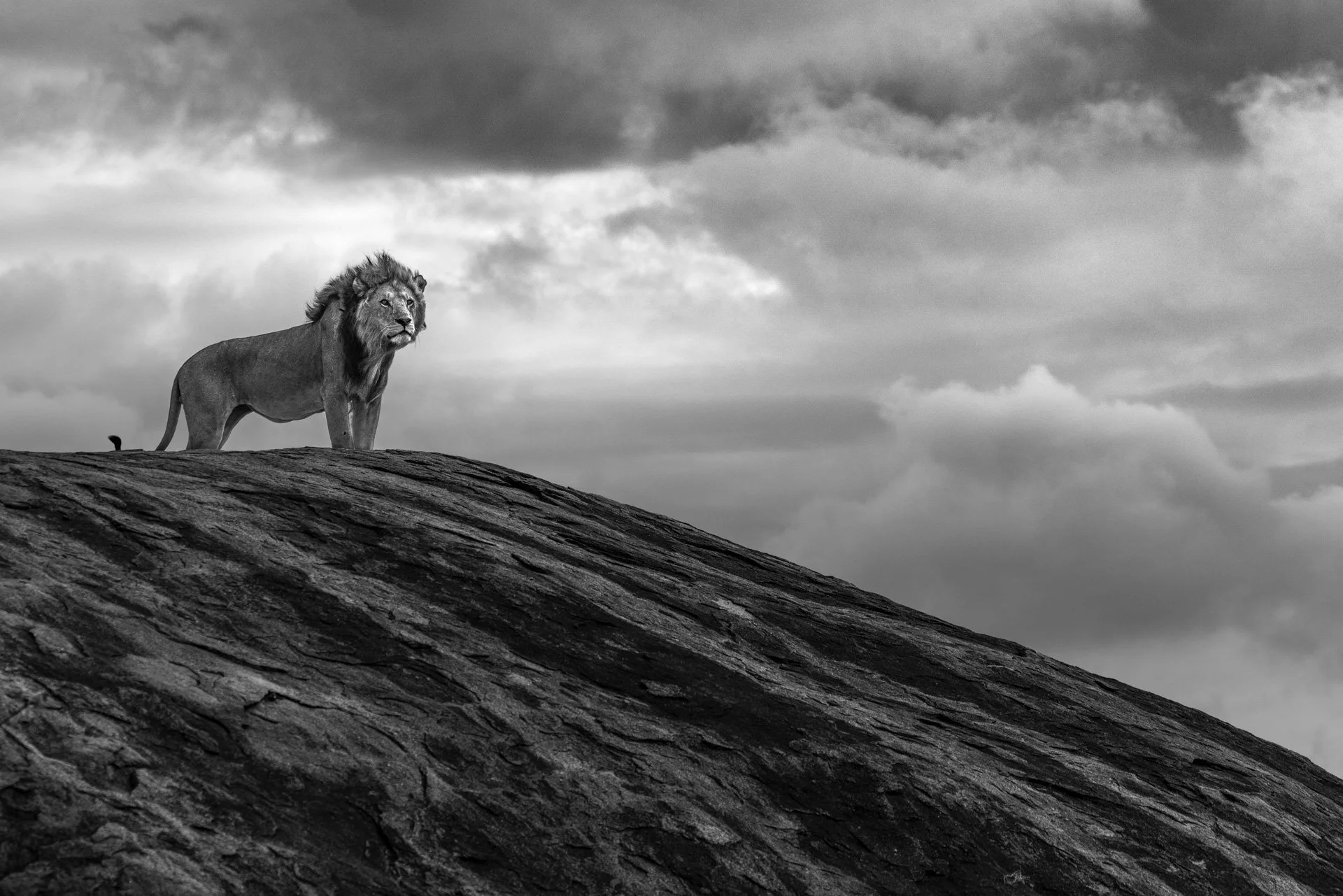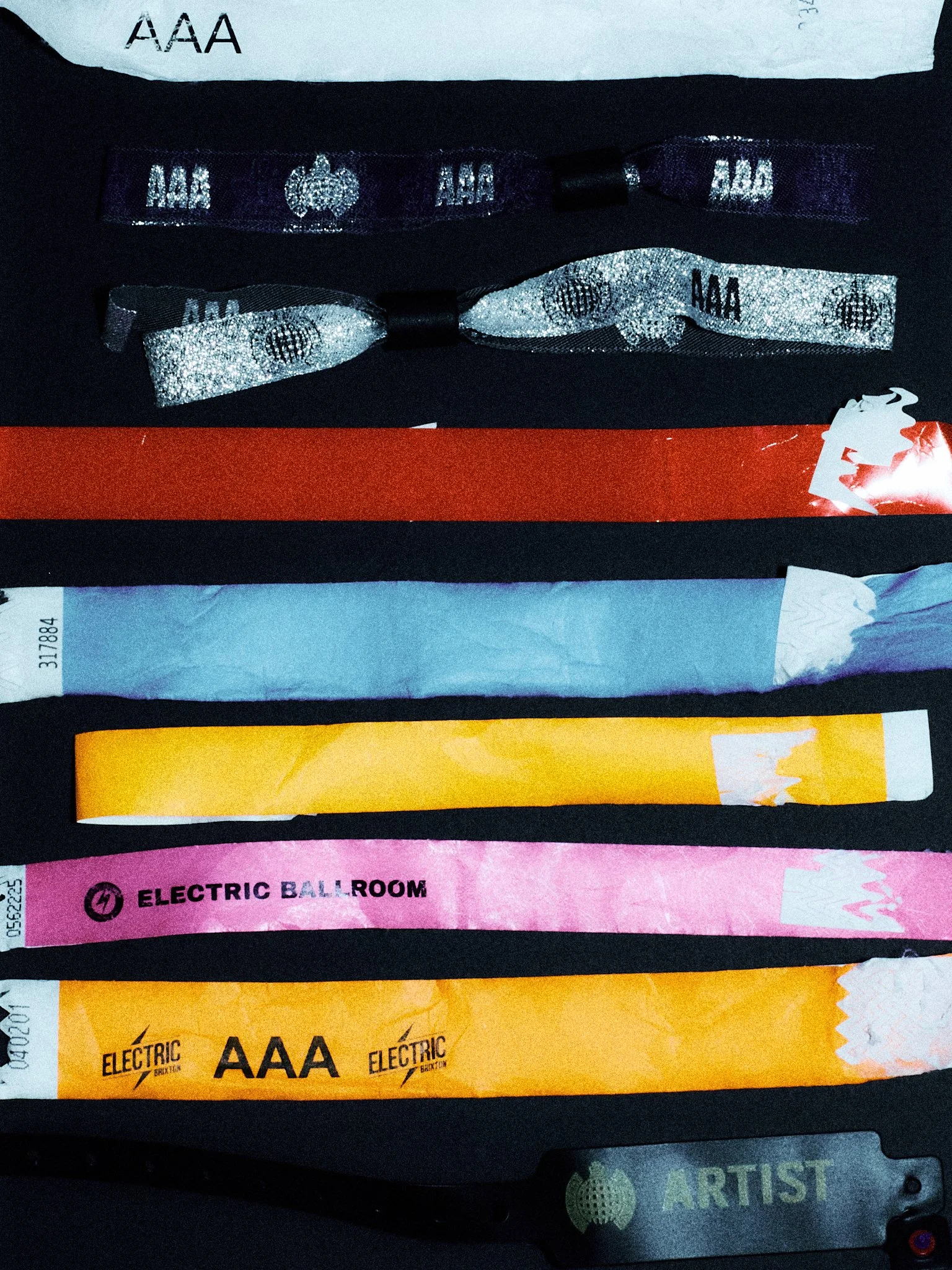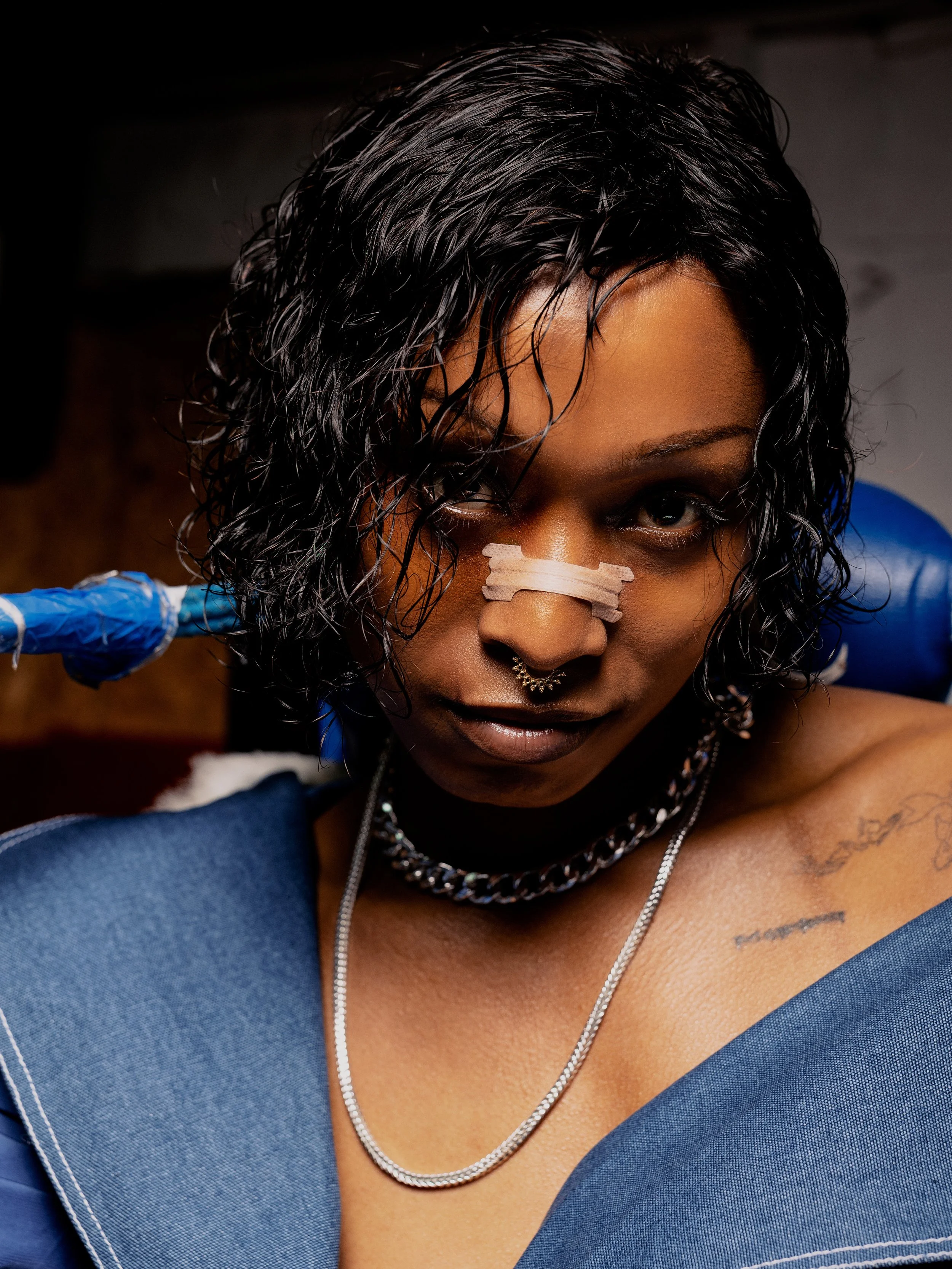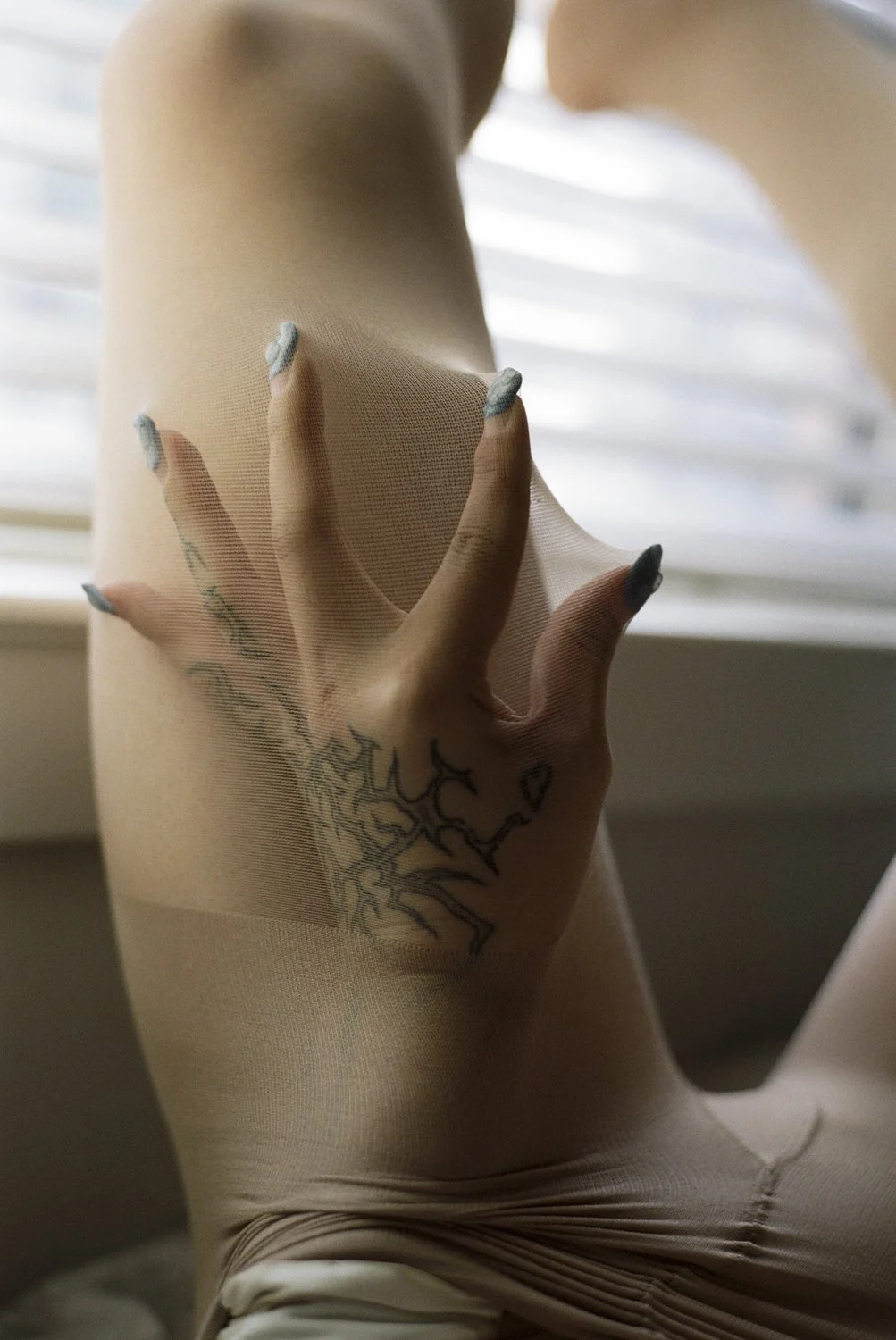The circular enclosure
Photographer Laura San Segundo combines images she took over the last few years with old photographs she found in antique shop to create The circular enclosure – a series of images suspended in time, with no apparent connection or belonging. She achieves to create an uneasiness which is hard to ignore and enables a dialogue on how the editing process and our unconsciousness can disrupt and change how we perceive an image.
Photography Laura San SegundoIn Jorge Luis Borges’ story The circular ruins, a man arrives at the ruins of a temple in the jungle – the circular enclosure – with the supernatural purpose of creating another man piece by piece in dreams, only to realise in the end that he is also the product of someone else’s dream.
As in Borges’ story, dream and reality overlap in this project, a series of images where time has somehow been suspended, and where – without a possible narrative – what remains is the confusing feeling that what we see does not seem real but unconscious. These images work as sediments with no spatial or temporal connection that meet in another place or accumulate in a crevice after being carried by the same river.
“Fascinated by our mind’s ability to create images without a conscious or rational intervention … I have tried to represent the idiosyncrasy of those unconscious thoughts.”
Fascinated by our mind’s ability to create images without a conscious or rational intervention –especially when we toss and turn, doze, are absent-minded or absorbed – and the residual relationship that these have with reality, I have tried to represent the idiosyncrasy of those unconscious thoughts and envisions through the editing and the use of the particular codes they operate with: fragmentation, repetition, loops, time skips, images as echoes of other images, stairs that go nowhere, landscapes as mental places and elements that disappear and appear transformed into another thing.
The resulting series – formed by photographs I took in Iceland, old images I found in different antique shops and photographs I took in the last years – works as a set of hidden clues to be deciphered or unravel; and ultimately, establishes a dialogue on how both photography editing and our unconscious mental processes are able to disrupt the inherent significance of an image or element.
“Dream and reality overlap in this project, a series of images where time has somehow been suspended, and where – without a possible narrative – what remains is the confusing feeling that what we see does not seem real but unconscious.”
About Laura
Laura San Segundo (b. 1990, Madrid) studied Fine Arts at the Complutense University of Madrid and Photography at Camberwell College of Arts in London, followed by an MA at Efti International School of Photography and Cinema, where she was awarded with a scholarship. Since then, she combines her practice as a visual artist with commissions and teaching in schools and institutions like the European Institute of Design, Efti, the Polytechnic University or the New York University in Madrid. In the last years, she has been the recipient of numerous grants and prizes, like the FormARTE Scholarship of Photography in Paris, a grant for a residency in Reykjavík or the ITmakES Art Prize awarded by PhotoEspaña and Camera Centro Italiano per la Fotografia; and has participated in many exhibitions and festivals both in Spain and internationally, like the London Serpentine Galleries 89+Marathon, Encontros da Imagen (Braga), Fotonoviembre (Tenerife), PhotoEspaña, or the Portfolio Days & Night of the Luxembourg Centre National de l'audiovisuel, among others. In 2023, she has been selected by PhotoEspaña to be part of the European Photography Platform Futures.
With a playful but thoughtful methodology, her work –which does not focus on particular stories, but intuitively reflects on space, time, materiality and the poetic and symbolic possibilities of the everyday and the overlooked– is defined by how she conceptually connects images of different nature, exploring their multiple layers of meaning and how they can be driven away from their inner significance or purpose by strategies like cropping, fragmenting or decontextualising.
To see more of her work, visit her website or follow her on Instagram
